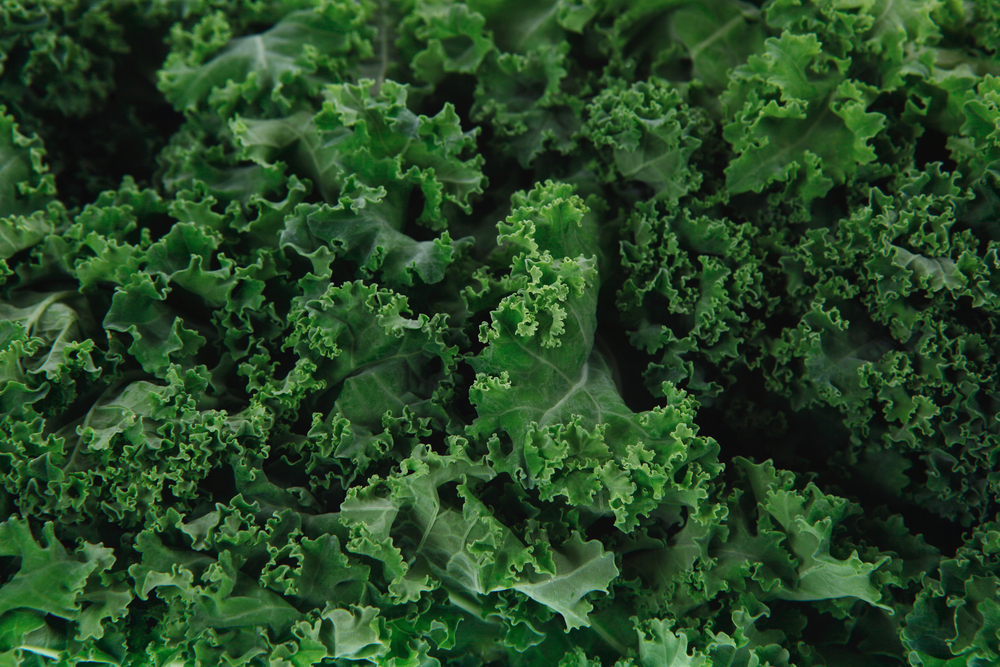Now is a good time to enjoy curly leaf kale as the leaves are tender. Also known as leaf cabbage or “hungry gap kale”. If you have a regular seasonal vegetable box delivered it is likely it will contain a large bag of the stuff. These leaves should be bright green and perky. They can be stored in a plastic bag in the fridge for a day or two but should be used as soon as possible as they quickly turn yellow and become limp. Cook the whole lot at once whilst it is at its best (see below) to get maximum benefit from it. When cooked and cooled it will keep well, retaining its vibrant colour, for at least 3 or 4 days, covered, in the fridge and you can dip into as you need to.
Use it as a side dish sprinkled with a pinch of sea salt flakes and a few drops of olive oil, you don’t even need to reheat it, or stir it through casseroles just before eating. But it is particularly good as part of a more elaborate well-dressed seasonal salad with, for example, roasted beetroot or fried mushrooms; and a soft goat’s cheese or crumbled blue cheese or Labneh; and a sprinkling of crisp walnut or almond pieces. Sea also Crispy Cavolo Nero.
The dressing given for the purple sprouting broccoli in these pages would be good for this salad see Local and seasonal in January – Purple Sprouting Broccoli and Making a Meal of it.
To prepare curly leaf kale
Wash the leaves thoroughly in cold water and drain them well in a colander or salad spinner.
Use scissors or a sharp knife to cut out the tough stalks and then snip the leaves into ribbons.
Bring a large pan of water to the boil. Add the kale, bring the whole lot back to the boil and let it cook rapidly for about 5 minutes. Remove the pan from the heat and test a leaf to check it is tender. Boil it for a bit longer if you need to.
Drain it well (keep the cooking water if you like – it is full of nutrients – you could drink it when it is cool enough, or you could use it as stock for soups or casseroles).

